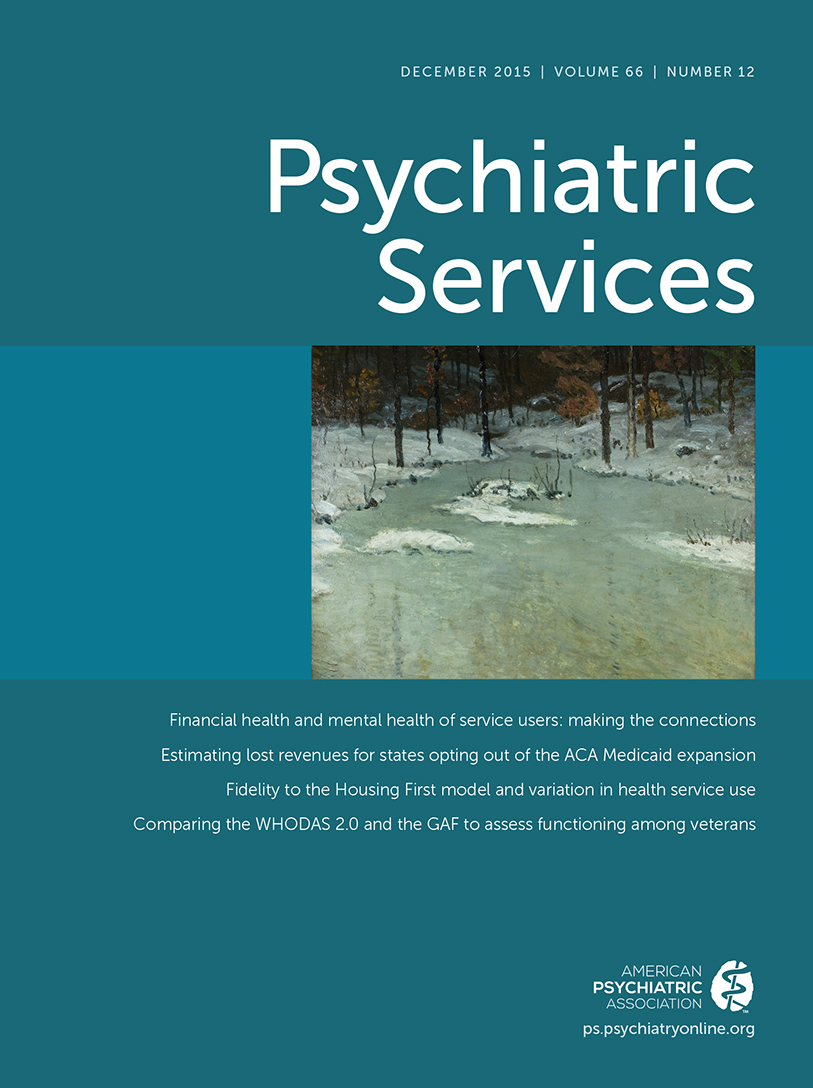Inside the O’Briens
The Boston Red Sox's Fenway Park seats about 37,000 people. That’s also the number of people living with Huntington's disease in the United States. Not 5 million (and growing) with Alzheimer's or 3 million women with breast cancer. Other than Woody Guthrie (if you grew up on American folk music), do you know of anyone with Huntington's disease (HD)?
But if you read Lisa Genova's heartbreaking and heartwarming novel about a Boston cop and his family afflicted by HD, you will never forget this low-prevalence, high-impact condition that progressively steals the life from and inexorably kills everyone with it.
HD is a genetically inherited, autosomal-dominant condition. That means that a child with a parent with HD has a 50% chance of becoming ill. There is a specific genetic test for HD that measures the presence of the mutation on chromosome 4 that causes an overproduction of the Huntington protein (which then produces the disease), although there is a gray area between normal and disease variants. But the symptoms typically do not appear until a person’s mid-30s. Some do not know whether a parent was affected (as happens with the O'Briens). Ninety percent of those who know they are at risk do not get the test. Arlo Guthrie (“Alice's Restaurant”) chose to find out and learned he was negative.
The O'Briens are Townies, or locals of Charlestown, across the Tobin Bridge from Boston. Joe (dad) is 43 and a career cop 12 years from retirement before HD cuts short his career and his earning capacity for his family. His wife, Rosie, is a woman of faith; they have 4 kids, all living in their three-decker home. Rosie will outlive not just her husband but also her children who are affected. That makes HD feel like a “plague,” except it has no treatment or cure.
Genova (with a Harvard Ph.D. in neuroscience and who has transcended—and employed—her technical education to be a great storyteller) also wrote Still Alice, the bestselling book whose story, and its screenplay, about Alzheimer's disease won Julianne Moore an Oscar for her performance as a professional woman struck down too early and too fast by the disease. I imagined Bradley Cooper (who amazed on Broadway in Elephant Man and in the film American Sniper) or Steve Carell (who also amazed, was unrecognizable, and earned an Oscar nomination in his role as a du Pont heir in Foxcatcher) in the role of Joe O'Brien and Rooney Mara playing Katie, the daughter featured in the book. These are roles that, like their characters, call for the best an actor can deliver.
What makes this book extraordinary, as was Still Alice, is its unblinking examination of a heartless disorder and how a person, a family, and those close to them find the strength, resilience, and cohesion to bear it and discover that beauty and love can be the best medicine for what seems like an uncaring God and an indifferent universe.



